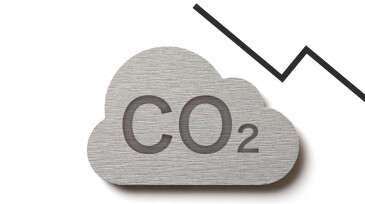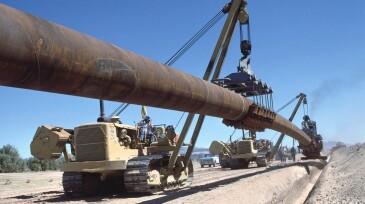Carbon capture and storage
Regulators pull from experiences in the oil and gas industry to define best stewardship practices for the nascent CCS industry.
EERC CEO Charles Gorecki outlines how applied research in North Dakota is helping improve oil recovery, reduce emissions, and advance carbon storage.
This article is the fifth in a Q&A series from the SPE Research and Development Technical Section focusing on emerging energy technologies. In this edition, Shantanu Agarwal, founder and CEO of Mati Carbon, discusses how the company’s approach to carbon removal led to winning the Musk Foundation’s XPRIZE in 2025.
-
Hydrogen fuels, storage, and production projects are on the go, while CCS and wind projects receive significant international boosts from the likes of INPEX, Chevron, Equinor, and Eni and Amazon splashes cash for more than three dozen renewables projects.
-
The companies plan to capture CO2 from Linde's hydrogen liquefication plant in the Houston area and inject it into multiple storage sites.
-
Will CO2 storage resources increase the valuation of oil and gas companies and counterbalance environmental, social, and governance pressure?
-
The two companies will focus on carbon capture technology along with carbon utilization and hydrogen production.
-
As the announcement of carbon sequestration projects becomes the norm, it’s time we look at what we know from a technical angle about how these projects need to be run based on the industry’s experience with enhanced oil recovery.
-
The US oil and gas company said it signed a letter of intent with the US midstream operator to explore commercializing a CO2 transportation and storage network.
-
Companies want to build pipelines to capture and store carbon, but a new report warns that regulators aren’t prepared.
-
Supermajors continue to align their goals with a net-zero future while strides are made across the globe to add CCS, solar, and wind projects to help achieve ambitious green energy goals.
-
Oxy aims to combine crude oil with environmental attributes generated from the sequestration of atmospheric CO2 captured with its planned direct-air-capture plant and sequestered in its enhanced-oil-recovery reservoirs in the Permian Basin.
-
Research conducted by Rystad Energy indicates that spending on carbon capture and storage will quadruple in the next 3 years.













